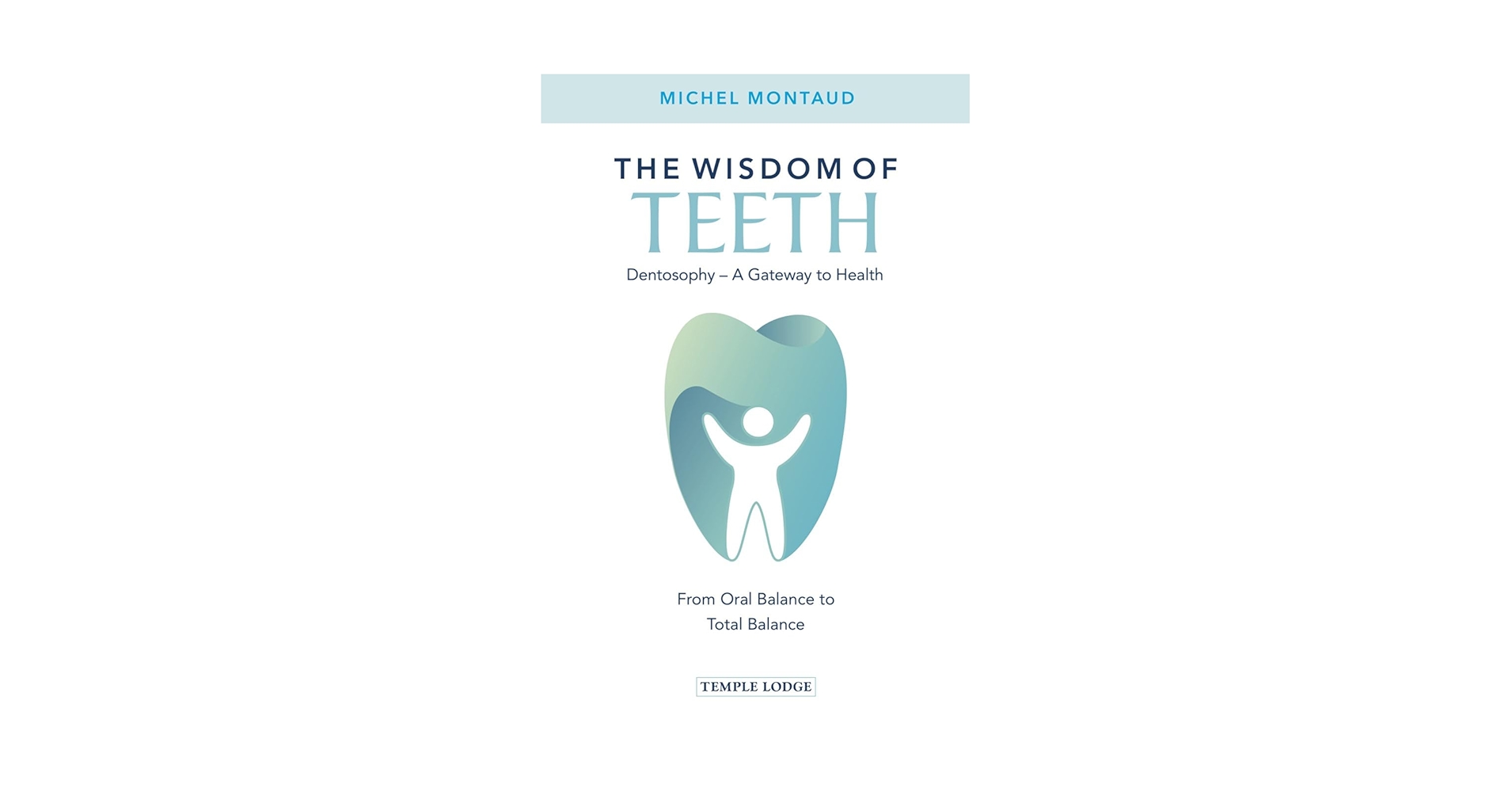For many of us, wisdom teeth mark a strange rite of passage into adulthood—those late-blooming molars that arrive just when you think your dental journey is done. But did you know that Japan has a uniquely poetic name for them?
In this article, we’ll explore what wisdom teeth are, how they’re understood in different cultures, and the fascinating meaning behind the Japanese term “Oyashirazu”.
What Are Wisdom Teeth?
Wisdom teeth, also known as third molars, are the last set of permanent teeth to develop. They typically emerge between the ages of 17 and 25, a stage of life often associated with increasing independence and maturity.
- Most people have four wisdom teeth—one in each corner at the back of the mouth
- Some may have fewer, more, or none at all, depending on genetics
- Because there’s often limited space in the jaw, wisdom teeth can grow in crooked, become impacted, or cause pain, leading many to have them removed
They’re a common source of dental drama—but they’re also rich in cultural meaning.
The Japanese Name: “Oyashirazu” (親知らず)
In Japan, wisdom teeth are called “Oyashirazu”, which literally translates to “unknown to parents.” The name reflects both cultural values and life stages in a way that’s uniquely Japanese.
Why “Unknown to Parents”?
There are two main interpretations:
- They appear after leaving the nest
Wisdom teeth usually erupt in late adolescence or early adulthood—a time when many people have moved away from home or become more independent. The teeth, therefore, emerge “without the parents knowing.” - They symbolize grown-up wisdom
Another interpretation is that wisdom teeth appear when a person has gained the wisdom of their parents—both in age and experience. It’s a poetic way to mark the transition into full adulthood.
The term blends cultural sensitivity and emotional nuance, highlighting the moment when a child is no longer entirely under a parent’s care.
How Other Languages Describe Wisdom Teeth
While Japan’s “Oyashirazu” is uniquely expressive, other languages also link wisdom teeth to age and maturity:
- English: “Wisdom Teeth” – referring to the age of “greater wisdom” when they appear
- German: Weisheitszähne – “Teeth of wisdom”
- French: Dents de sagesse – “Teeth of wisdom”
- Dental term: “Third molars” – their technical name, as they’re the third set of molars to emerge
Despite the differences in phrasing, cultures around the world have recognized that these late-blooming teeth signal more than just physical change—they’re a symbolic milestone, too.
Conclusion: A Universal Tooth with Cultural Meaning
Wisdom teeth may cause discomfort, but they also represent a cross-cultural symbol of coming of age. In Japan, calling them “Oyashirazu” adds a poignant layer to this milestone—evoking both the independence of adulthood and the bittersweet moment when a parent no longer witnesses every step of their child’s life.
No matter what language you speak, these teeth carry more than enamel—they carry meaning. So whether you’re scheduling a removal or marveling at their sudden arrival, take a moment to reflect on the journey they represent.



